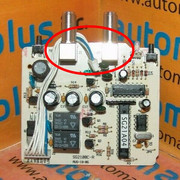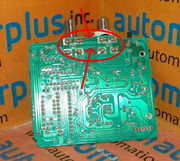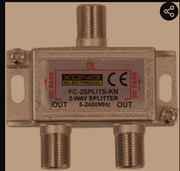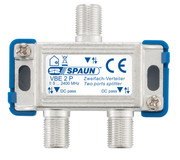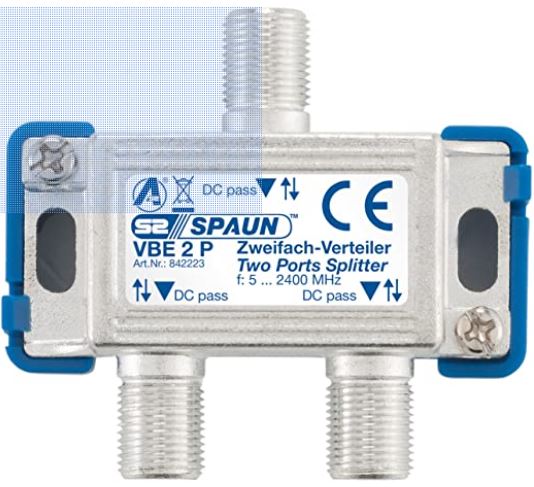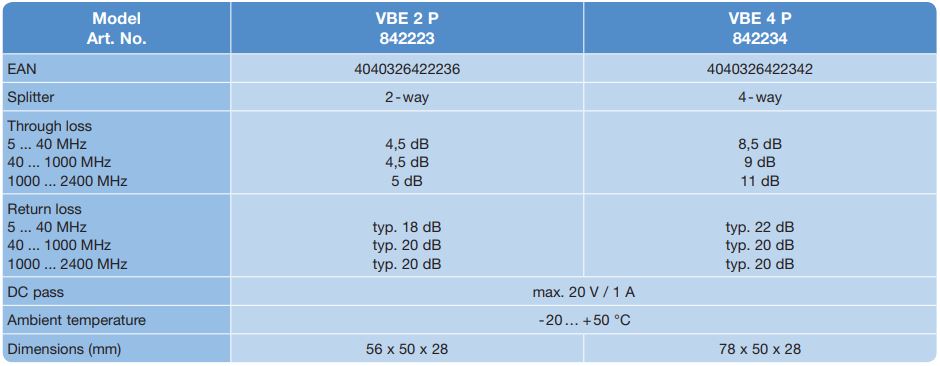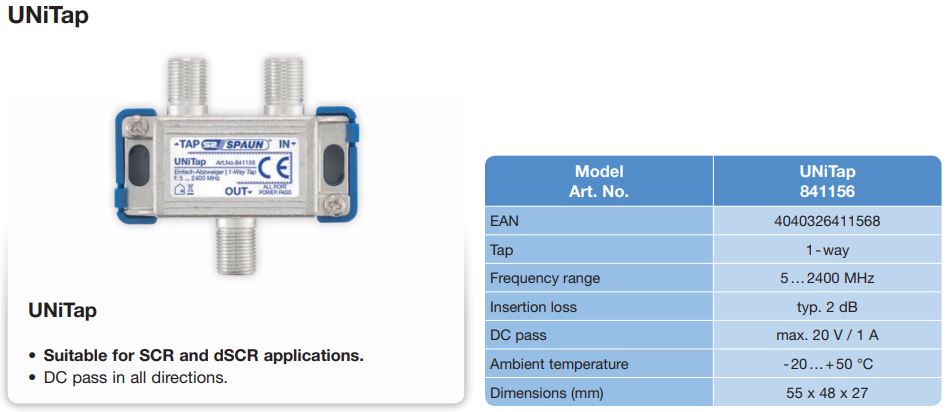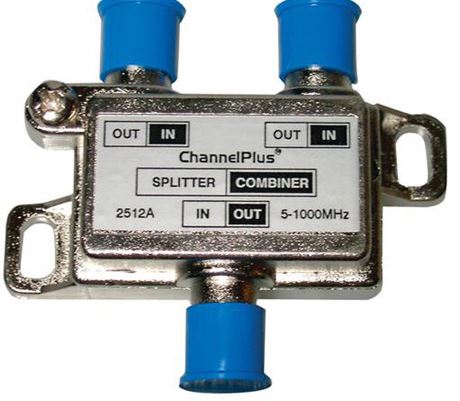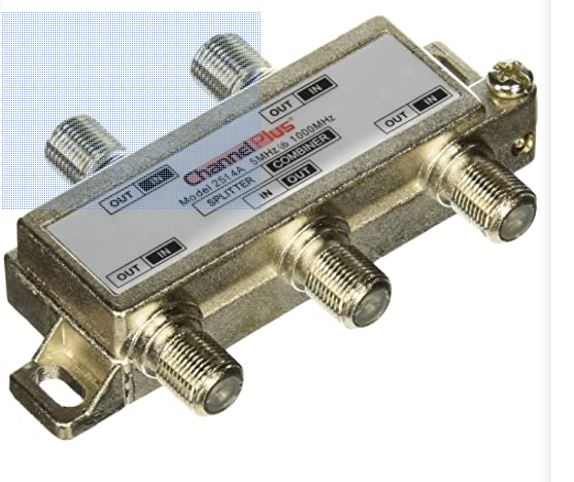a33
Digital-Forum Master
Per evitare l'ingresso dell'acqua (pioggia) in uno splitter, uso una bottiglia di shampoo di plastica (fondo sul lato superiore) di cui ho tagliato la parte superiore. Abbastanza sufficiente.
In questo caso il problema sono i cavi che vanno in tre direzioni; non bisogna piegare troppo i cavi! Forse un adattatore F a 90 gradi può aiutare.
Uno splitter sarebbe normalmente meglio di un raccordo a T, poiché lo splitter avrà l'impedenza bilanciata tra le due uscite. Così non hai il rischio di risultati imprevedibili, a determinate frequenze.
Non credo che ci sarebbe una perdita di tensione extra con uno splitter.
Infatti, quando le frecce di uno splitter vanno dalla parte sbagliata, quello splitter sarebbe inutile in questo caso (sarebbe destinato a due ricevitori e un LNB).
Personalmente, uso uno splitter di questo tipo (la potenza passa in entrambe le direzioni) come nella foto (per motore e interruttore diseqc + LNB) che ha specifiche di solo 5-1000 MHz, ma funziona altrettanto bene.
Tradotto da:
To avoid water (rain) ingress at a splitter, I use a plastic shampoo bottle (bottom at the top side) that I cut the top off. Quite sufficient.
In this case the problem is the cables going in three directions; you must not bend the cables too much! Maybe a 90 degrees F-plug-adapter can help.
A splitter would normally be better than a T-piece, as the splitter will have the impedance balanced between the two outputs. So you don't have the risk of unpredictable results, at specific frequencies.
I don't think there would be extra voltage loss with a splitter.
Indeed, when the arrows on a splitter go the wrong way, that splitter would be useless in this case (it would be meant for two receivers and one LNB).
Personally, I use such a (power pass both directions) splitter as in the picture (for motor and diseqc switch+LNBs) that has specification of only 5-1000 MHz, but it works just as well.
Ciao,
A33
In questo caso il problema sono i cavi che vanno in tre direzioni; non bisogna piegare troppo i cavi! Forse un adattatore F a 90 gradi può aiutare.
Uno splitter sarebbe normalmente meglio di un raccordo a T, poiché lo splitter avrà l'impedenza bilanciata tra le due uscite. Così non hai il rischio di risultati imprevedibili, a determinate frequenze.
Non credo che ci sarebbe una perdita di tensione extra con uno splitter.
Infatti, quando le frecce di uno splitter vanno dalla parte sbagliata, quello splitter sarebbe inutile in questo caso (sarebbe destinato a due ricevitori e un LNB).
Personalmente, uso uno splitter di questo tipo (la potenza passa in entrambe le direzioni) come nella foto (per motore e interruttore diseqc + LNB) che ha specifiche di solo 5-1000 MHz, ma funziona altrettanto bene.
Tradotto da:
To avoid water (rain) ingress at a splitter, I use a plastic shampoo bottle (bottom at the top side) that I cut the top off. Quite sufficient.
In this case the problem is the cables going in three directions; you must not bend the cables too much! Maybe a 90 degrees F-plug-adapter can help.
A splitter would normally be better than a T-piece, as the splitter will have the impedance balanced between the two outputs. So you don't have the risk of unpredictable results, at specific frequencies.
I don't think there would be extra voltage loss with a splitter.
Indeed, when the arrows on a splitter go the wrong way, that splitter would be useless in this case (it would be meant for two receivers and one LNB).
Personally, I use such a (power pass both directions) splitter as in the picture (for motor and diseqc switch+LNBs) that has specification of only 5-1000 MHz, but it works just as well.
Ciao,
A33

